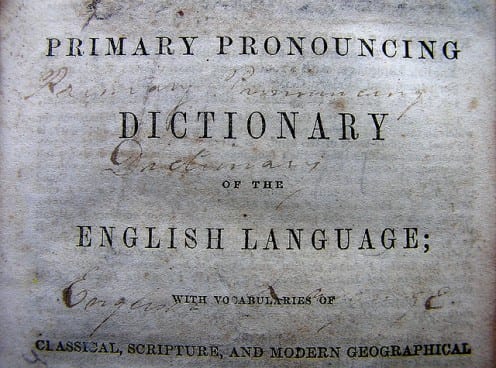‘What is social media?’ – a definition
By Daniel Miller, on 1 May 2013

Photo by Muffet (Creative Commons)
Having described our project as the Global Social Media Impact Study, we realised there was just one little thing we hadn’t actually done. This was to define, at least for our purposes, what we mean by the words ‘social media’. Our studies are ethnographies, there is pretty much nothing we would not wish to include. This includes polymedia, the study of how all our various forms of communication interact with each other. But we also wanted to flag the degree to which we are concerned with new kinds of social communication. Our project talks about social networks or social network sites but sometimes these are hard to define. We don’t really focus on what sociologists mean by social networks since we may end up largely working on groups such as kinship while that tradition is more focused on ego-cantered networks that at least according to Rainie and Wellman may replace more traditional groups. While SNS includes Facebook and QQ (but does it include Twitter?) and is a bit too narrow and technical as a definition of social media.
So at least for present purposes let me suggest another meaning for the words ‘social media’. Our primary concern is with the development of communication media that goes beyond the dyadic, being open to a group of persons. Social media helps draw attention to the development of a series of practices of communication which lie between traditionally dyadic forms such as the phone call or indeed most webcam conversations, and on the other hand public broadcasting as in most traditional media. Social media could imply that the communication is social in the sense of going to a larger group, but social also in that it helps create and maintain relationships rather than the one-way communication of broadcast media. We don’t want to be pedantic or overly semantic. It doesn’t matter a whole lot that we can’t really find precise boundaries for such a definition. Take WhatsApp. This app includes both dyadic texting but also group texting. If we are focusing on social media then our prime concern is with the latter, but obviously we would also take note of the former as part of polymedia. In conclusion as long as we don’t worry too much about precise boundaries, it might be useful to have at least a rough idea of what the words social media might imply about the ways communications have changed over the last two decades. An orientation to the social as opposed to merely the personal seems to keep us close to the intuitive semantics of these words, and that is surely a good thing.
 Close
Close




